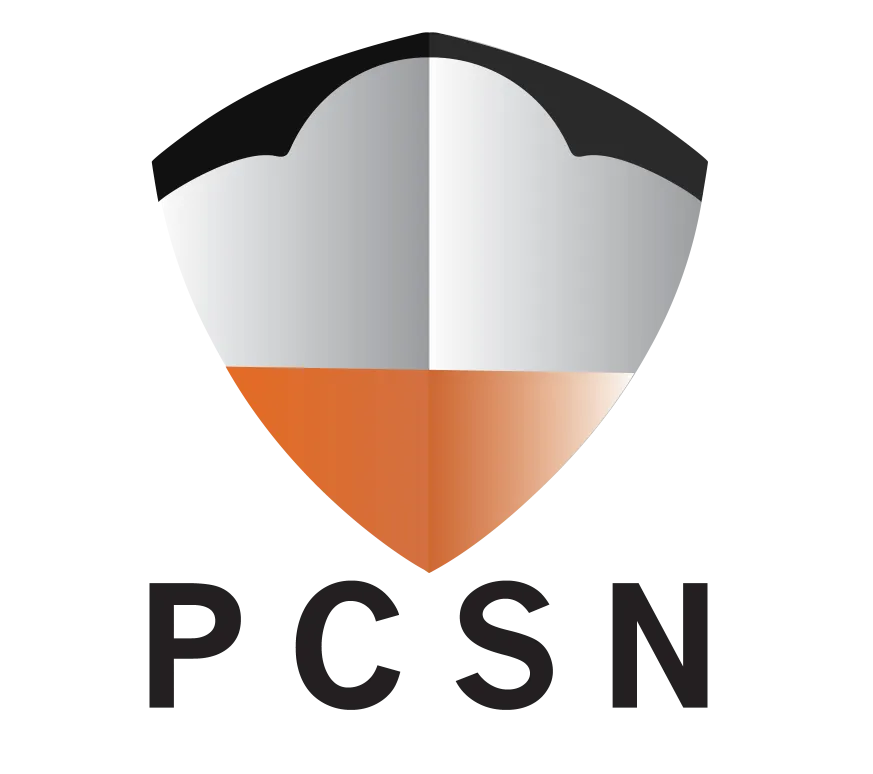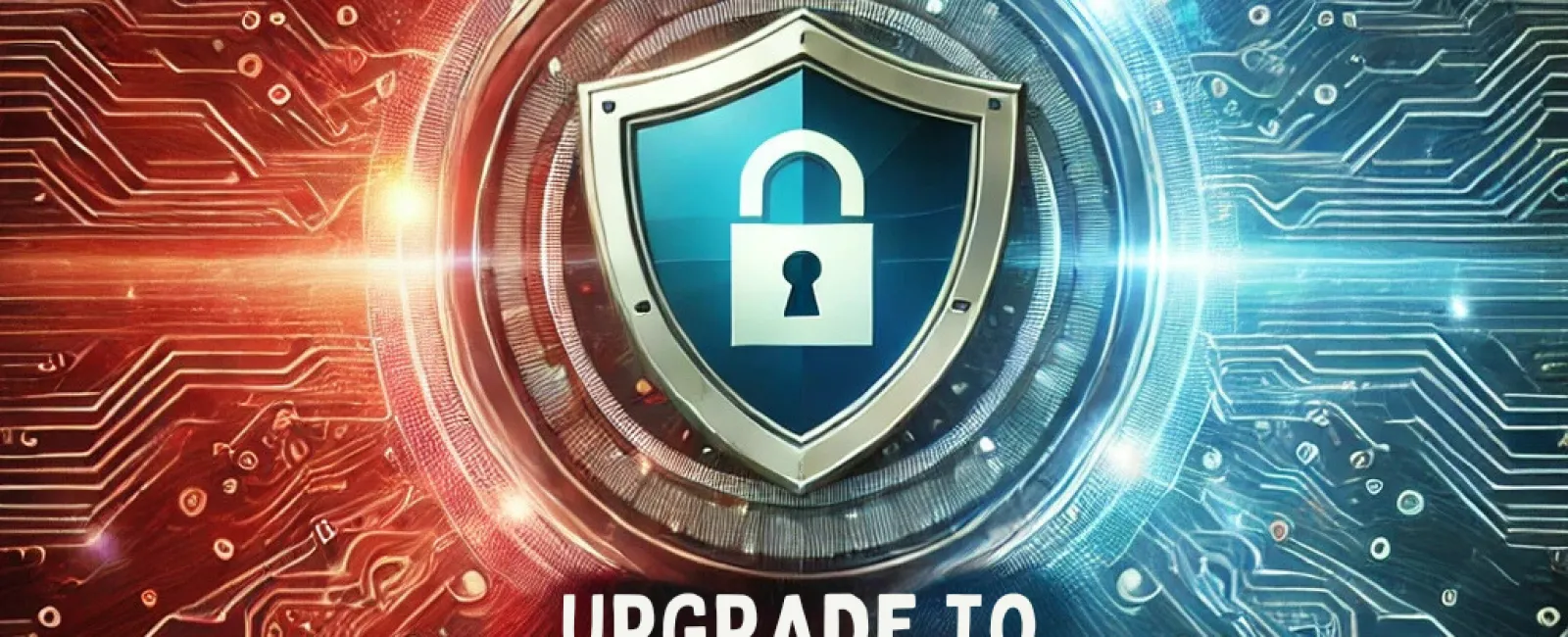February 24, 2025
As you enter the first quarter of 2025, it is clear that businesses that succeed are those that adapt to the rapidly changing technology landscape. Relying on reactive IT strategies—addressing issues only after they arise—no longer suffices in an environment where downtime, security breaches, and inefficiencies can result in significant financial losses in just minutes.
It is crucial to transition from a reactive to a proactive IT management approach. Here's why updating your strategy is essential this year and how being proactive can save your business time, money, and stress.
Why Reactive IT Is Holding You Back
1. Downtime Is Expensive
Industry estimates suggest that a single hour of downtime can cost small businesses $10,000 or more. A reactive IT approach waits for problems to occur, leading to lost revenue as issues are resolved. Without a clear plan, this resolution process can extend longer than anticipated.
2. Security Threats Are Rapidly Evolving
Cybercriminals are using advanced tools like AI to automate their attacks, making them quicker and more challenging to counter. A reactive stance means you are always trying to catch up, leaving your business exposed to ransomware, phishing, and other cyber threats.
3. Productivity Is Impacted
When employees face slow systems, recurring tech problems, or outdated hardware, their productivity declines. These disruptions frustrate your team and can even contribute to employee burnout.
The Case For Proactive IT Management
A proactive IT strategy changes the game. Instead of waiting for issues to emerge, proactive management anticipates challenges, prevents downtime, and enhances system performance.
1. Early Detection Reduces Costs
Proactive monitoring tools can detect potential issues—such as failing hardware, security vulnerabilities, or inefficient processes—before they affect your business. By addressing these problems early, you can limit costly downtime and disruptions.
2. Strengthened Cybersecurity
Proactive IT providers implement robust security measures, including:
- Continuous monitoring to spot unusual activities.
- Regular updates and patches to address security weaknesses.
- Employee training to mitigate phishing and social engineering threats.
This comprehensive approach protects your data and systems from emerging threats.
3. Enhanced Productivity and Efficiency
When your systems function seamlessly, your team can concentrate on their core tasks. Proactive IT management ensures that your hardware, software, and network are optimized for peak performance, allowing employees to spend less time troubleshooting and more time achieving results.
What Does Proactive IT Look Like?
A proactive IT provider will:
- Monitor your network and systems around the clock.
- Conduct regular audits to ensure peak performance.
- Keep your software and hardware up to date.
- Provide strategic guidance to align IT with your business objectives.
They focus on preventing issues rather than merely fixing them.
Is Your IT Strategy Ready For 2025?
If you continue to depend on a reactive IT approach, you are exposing your business to unnecessary risks and inefficiencies. Transitioning to a proactive IT strategy is not just a wise decision; it is essential in today's fast-paced digital environment.
Ready to make the shift? Schedule a FREE
Discovery Call today. Our experts will evaluate your current IT setup,
identify vulnerabilities and provide a customized plan to ensure your business
is ready for whatever 2025 throws your way.
Click here or give us a call at 281-402-2620 to book your FREE Discovery Call now!
Don't wait for the next tech disaster - get ahead of the game with proactive IT management.




